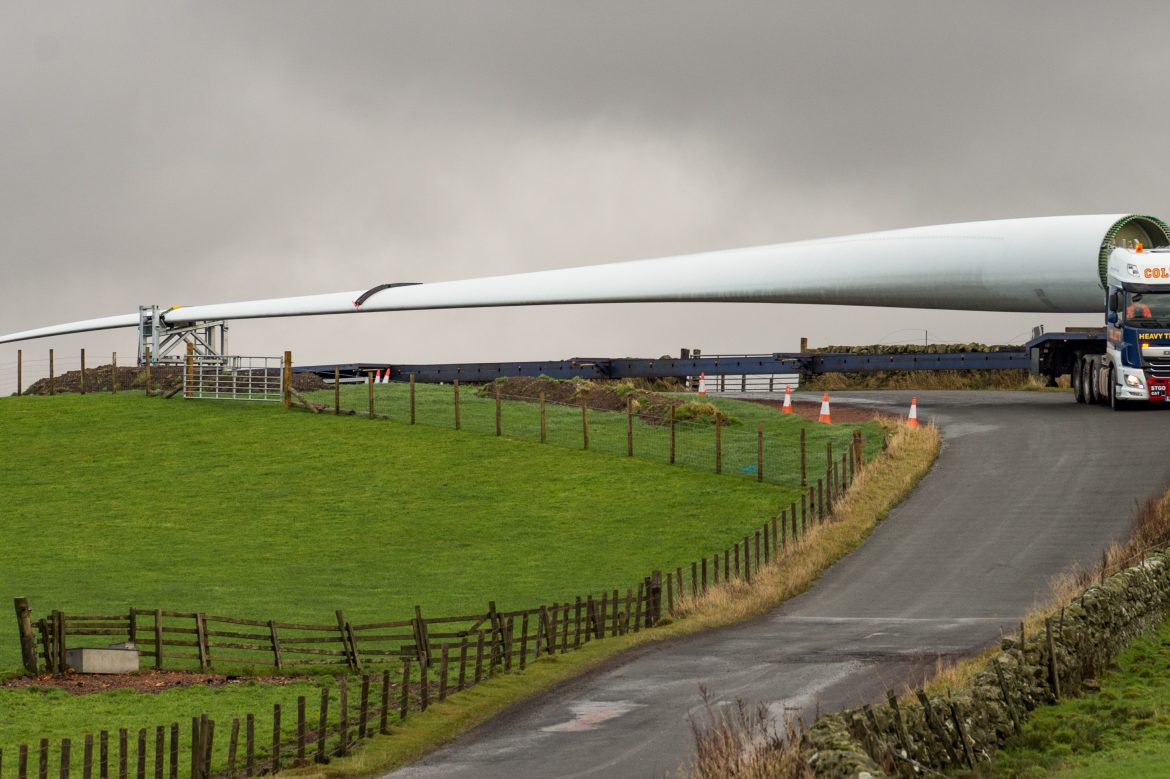
New Blades Coming!
Scientists keep on working in order to make renewable energy systems efficient enough to compete with common systems relying on resources like coal, natural gas, and nuclear energy. As a result of technological progress in the past thirty years, the cost of wind energy, for example, has reduced by 90%. However, aside from efficiency, another important issue in energy production is how to deal with wastes that may come in various forms and materials.
Although sun and wind are significant renewable resources, systems that convert energy into electricity mostly rely on materials with limited lifespans. One of the major goals of the industry is to extend the longevity of these materials, or at least making them recyclable. Experts investigating alternative construction materials have developed a method that allows wind turbine blades, which may sometimes have a length of up to 80 meters, to be recycled at the end of their lives. Normally, these blades end up in landfills. This new material, on the other hand, is suitable for recycling. Also cheaper than its counterparts, the new material is seen as an opportunity for making wind power plants more widespread.
The wind industry mandates that the blades to be used in turbines should be able to withstand harsh weather conditions for 25-30 years. This is an ambitious goal, considering the blades need to be both light and durable. Traditional manufacturing of blades uses fiberglass, balsa wood, and a special epoxy thermoset resin. A heat oven is then used to give the blades their shape, smoothness, flexibility, and strength to catch the wind in the most efficient way. In the new system, which has been developed over the past four years, the resin used as the glue hardens at room temperature and can be reused by heating. It also reduces the annoying vibrations that shorten the life of turbines and disturb the life nearby. Although we do not yet know whether they have a lifespan of 25-30 years, as the industry requires, the studies are promising.
Composite materials, which are produced by combining multiple raw materials, are already difficult to recycle. It only adds to the difficulty of disassembling the blades made for strength and durability. Transporting turbine parts at the end of their lives leads to serious energy consumption. Although blades often end up in landfills, this method of disposal has recently been banned in the European Union. Considering about 14,000 turbine blades will complete their lives and be disassembled in Europe alone in the next few years, the amount of waste in question is quite high.
Some experts do not lean towards recyclable blade technology. The American Wind Energy Association suggests that it would be more reasonable to use the blades that have completed their lifespans for other purposes in playgrounds, flyovers, or public areas in cities. Also among the options is the possibility of being re-used in power lines, towers, and other construction works, or as a roofing material.
When talking about renewable energy, we often ignore the environmental impact of facilities that convert this energy into electricity. However, just as in wind turbines, materials used in PV solar power plants (panels, batteries, etc.) are also produced from raw materials of the petrochemical industry and ores with high ecological cost. Therefore, although it is beneficial to prefer renewable energy sources, the most important we can do for our planet thing is to consume less energy. So, let’s not forget that turning off the lights while leaving the room makes more difference than using wind turbines!
REFERENCES
- 1. https://www.scientificamerican.com/article/new-wind-turbine-blades-could-be-recycled-instead-of-landfilled/
- 2. https://blog.ucsusa.org/james-gignac/wind-turbine-blades-recycling
